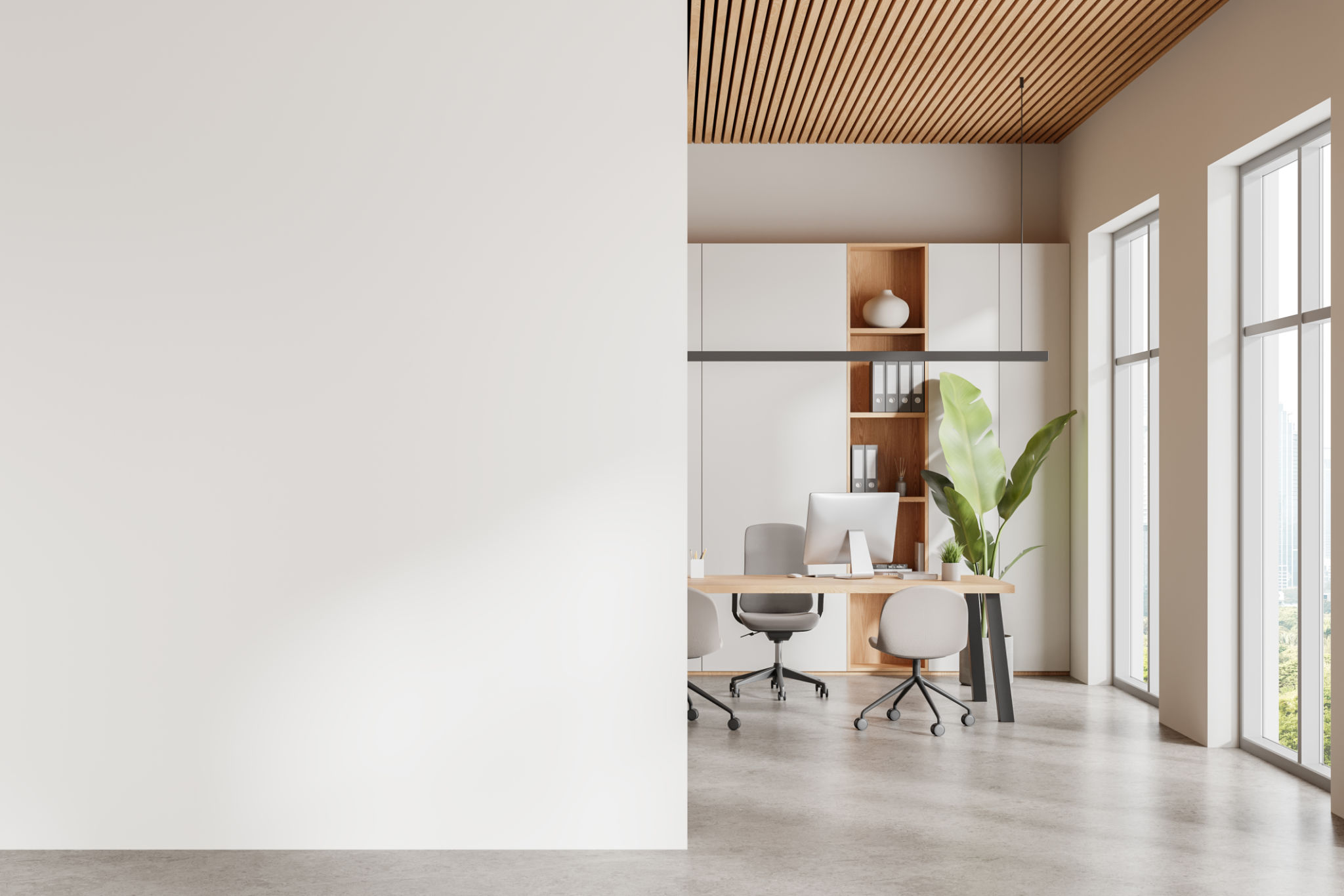Unlocking Hidden Value: Transforming Vacant Offices into Residential Havens
The Opportunity in Vacant Offices
In the aftermath of the global shift towards remote work, many office buildings now stand empty or underutilized. These vacant spaces present a unique opportunity for transformation into vibrant residential areas. By converting unused office spaces into homes, cities can address housing shortages while breathing new life into urban landscapes.
The concept of transforming office spaces into residential units is not entirely new, but its relevance has grown considerably in recent years. With an increasing number of people seeking flexible living options, there's a strong economic incentive for developers and city planners to explore this avenue.

Benefits of Conversion
Converting office spaces into residential units offers numerous benefits. Firstly, it addresses the urgent demand for housing in urban areas, where space is often limited and property prices are high. By utilizing existing structures, developers can create affordable housing options more quickly and cost-effectively.
Additionally, these conversions can revitalize neighborhoods, attracting new residents and businesses. This influx of activity can lead to improved local economies and enhanced community services. Moreover, transforming office buildings into homes promotes sustainable urban development by reducing the need for new construction and minimizing environmental impact.

Design Challenges and Solutions
While the benefits are clear, the conversion process does present challenges. Office buildings are typically designed with different layouts and infrastructure than residential properties. For instance, factors such as lighting, plumbing, and ventilation systems need to be reconfigured to meet residential standards.
However, innovative architectural solutions can overcome these challenges. Open floor plans can be tailored to create comfortable living spaces, while modern design techniques can enhance natural light and energy efficiency. Retrofitting existing buildings also allows for creative interior designs that cater to contemporary lifestyles.
Regulatory Considerations
Before embarking on conversion projects, developers must navigate various regulatory hurdles. Zoning laws, building codes, and safety regulations all play crucial roles in determining the feasibility of such transformations. It's essential for developers to work closely with local authorities to ensure compliance and secure necessary permits.

Collaboration between city planners, architects, and developers is key to addressing regulatory challenges effectively. By fostering open communication and understanding the specific needs of each project, stakeholders can create successful conversion plans that benefit both residents and the broader community.
Case Studies of Successful Transformations
Several cities around the world have already embraced the concept of converting vacant office spaces into residential havens. For example, in New York City, former office buildings in the Financial District have been transformed into luxury apartments, attracting new residents and revitalizing the area.
Similarly, in London, adaptive reuse projects have turned outdated office blocks into modern loft-style apartments, contributing to the city's dynamic housing market. These case studies demonstrate the potential for successful transformations that enhance urban living environments.
The Future of Urban Development
As cities continue to evolve, the trend of converting vacant offices into residential spaces is likely to gain momentum. This approach not only addresses immediate housing needs but also aligns with broader goals of sustainable urban development.
By unlocking hidden value in unused office buildings, cities can create thriving communities that cater to diverse populations. As more stakeholders recognize the potential of these transformations, we can expect to see innovative solutions that reshape urban landscapes for future generations.
